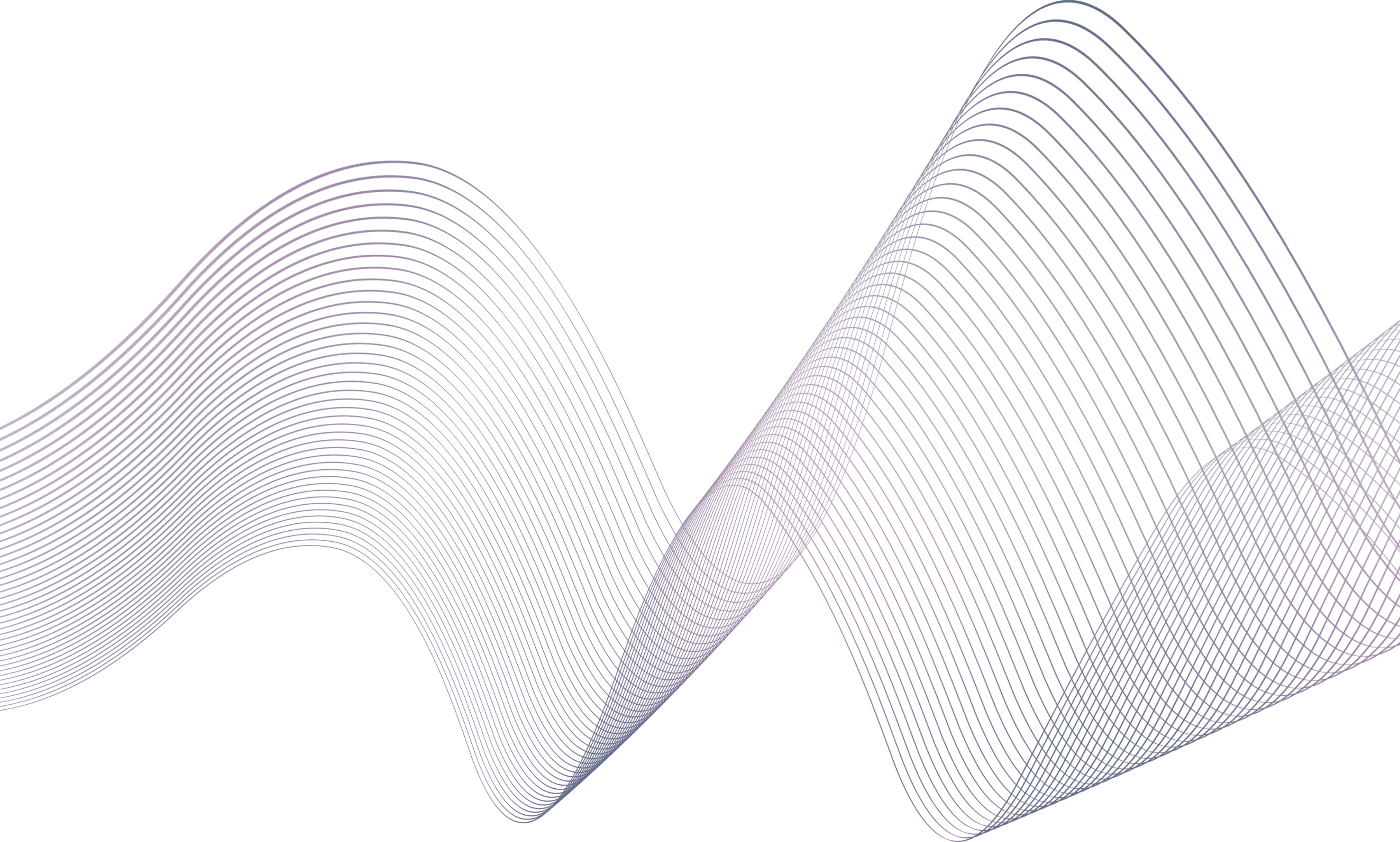
Headless - Content Integration for DxP and CMS
WEB DEVELOPMENT, TECHNOLOGY OF EXPERIENCE.
Headless practice reduces the complexity of delivering content across different platforms enabling better omnichannel experiences.
Effectively reaching users or buyers requires a new vision for organizations: strengthening their content strategies through omnichannel experiences. It's not just about delivering content through different media, but ensuring true integration that adds value at every customer touchpoint.
According to the consulting firm McKinsey, from a consumer perspective, seamless channel integration is evidenced by the ability to easily switch between channels without having to provide information more than once.
For this, Headless, from CMS or DxP platforms, is presented as an alternative to facilitate the effective delivery of content to an existing channel and even contemplate new formats of information presentation.
What is Headless CMS?
Content management (headless) separates content from its presentation and allows different systems to use the same source of content to present it in different ways.
The content is created, stored and managed in a single repository. Then, through an API (Application Programming Interface) it is possible to deliver it to any front-end client to be presented to the end user.
Unlike traditional CMSs that use templates and styling tools associated with the application, Headless CMS provides the back-end database environment, centralizing content and generating a single source of information. Because the presentation layers are not pre-built into the CMS, front-end developers have the ability to control and define how the content is displayed, as well as the channels through which it is displayed.
E-commerce trends include omni-channel as one of the paths to follow. Effectively reaching shoppers requires designing consistent and connected interface and graphical experiences.
Precisely, the Headless CMS approach reduces the complexity of delivering content across different platforms. In addition, it enables true integration between available channels and interfaces, and enriches the end-user experience.
Headless CMS Features
The ability to effectively manage and deliver content, no matter through which channel, is the guiding principle behind Headless CMS. To make this a reality, the Headless CMS architecture contemplates:
Content database using structured data.
Content manager for administration and content creation.
API (Application Programming Interface). Allows connecting the back-end to any front-end to display content on different devices or channels.
In his article, "In 2020, Headless Is All About the Head", Cahn makes the case that the Headless CMS architecture gives both the developer and the business user the control they require to execute their work effectively, adapting the tool as technology evolves.
What should you know before choosing Headless CMS?
The choice of Headless CMS or any other content management architecture will depend on the type of project, the objectives of the digital strategy and, of course, the offering of each provider.
The Headless CMS approach is an alternative for large-scale projects that require the management of high volumes of content and its subsequent presentation through multiple channels.
Advantages of Headless CMS
The way content is presented is not limited by a specific style or predetermined templates.
It is possible to have an unlimited number of front-ends.
Facilitates content changes across all available channels.
Supports the implementation of an omnichannel strategy.
Easily integrates with other technologies or applications.
The server will use fewer resources since it is not necessary to manage design elements.
Headless, traditional or hybrid model
It is important to consider whether to pursue an exclusively headless model scheme, or a hybrid model that combines the traditional scheme (content and presentation) with the headless model (content only). These are some considerations that can be evaluated to facilitate the decision to opt for Headless CMS or not:
The Headless CMS architecture leads to the management of multiple systems and it must be ensured that the team is prepared for this.
Asynchronous integrations add complexity and are not easy to manage.
Additional front-end technologies need to be implemented for content delivery.
Administrators may miss preview functionalities when editing their content.
The challenges of Headless CMS
Headless CMS is a different concept for content creation and publishing. But this is only the beginning of a long journey towards the consolidation of this type of architectures in the content management market.
According to Preston So, senior director of Product Strategy at Oracle, Headless CMS must recognize that content management systems are much more than data warehouses and mere content repositories. They are actually key collaboration meeting points, milestones on the topographical map of content governance.
Preston states that the biggest challenge of these systems is to foster the same content management pipeline and the synergy that must be built between multiple applications.
Contact us
At Aplyca we are specialists in the development of solutions for large-scale portals. See our results and contact us to discuss your project needs.